#harlequin tree frog
Explore tagged Tumblr posts
Text


Two more Exceptional Friends that we met at Kubah National Park in Borneo! They are Harlequin Tree Frogs (Rhacophorus pardalis), members of a group of frogs known as the flying frogs for their ability to glide from the treetops!
#harlequin tree frog#Borneo#frogs#animals#amphibians#tree frogs#wch10#rhacophorus pardalis#flying frogs
667 notes
·
View notes
Text
little creature of the day: Harlequin Tree Frog

kind of giving gummy candy? is that just me?
image source
5 notes
·
View notes
Note
PLEASE DO YOU HAVE ANY FROGS???
Oh my sweet summer child, you've had the frogs here with you all along...

Magnificent Tree Frog (Ranoidea splendida), family Hylidae, endemic to the Kimberleys of Western Australia
Formerly in the genus Litoria.
photograph by Reptiles4all

Goliath Frog (Conraua goliath), family Ranidae, found in Cameroon and Equitorial Guinea in West Africa
ENDANGERED.
This is the largest extant frog, growing to a length of 32 cm (12.6 in) snout to vent, and weighing up to 3.25 kg (7.2 lb).
photograph by Mark-Oliver Rödel - Berlin Museum for Natural History

Common Midwife Toad (Alytes cisternasii), male with eggs, family Alytidae, Spain
The male entwines the eggs around his hind legs, and carries them until they are ready to hatch. He then takes them to a body of fresh water.
photograph by Pedro Verdejo

Emei Mustache Toad aka Taosze Spiny Toad, (Leptobrachium boringii), family Megophryidae, endemic to SE China
ENDANGERED.
The larger males grow keratinized spines on the upper lip, which they use to defend territories, during the breeding season. The spines fall off after the breeding season.
photograph: Jingsong Shi

Starry Night Harlequin Toad aka Gowna (Atelopus arsyecue), family Bufonidae, endemic to the Sierra Nevada de Santa Marta, Colombia
CRITICALLY ENDANGERED.
Threatened by habitat loss and the Chytrid fungus.
photographs: Jaime Culebras & Beto_Rueda
242 notes
·
View notes
Text
help plz
I am trying to create a blogpack with all of the blogs i find important and want to keep tabs on, (my dash is very cluttered) but i cant see some of these new ones i added? i know they posted recently but i cannot find their posts on my tab. Is there a limit on how many blogs can be in a pack? did i type something wrong?
here is my blogpack link, if you are on it, it just means your in my focused follow list
https://www.tumblr.com/timeline/blogpack?blogs=the-muppet-joker,mydarlingathena,lifedoesntdiscriminate,minuseyes,sarasometimes,doesntdiscriminate,bastardorphan,muppetjoker3000fan,muppetjokernumberfivefan,tibiasnightmare,statleragainstposers,thenewscenemomuppetjokerfan,feltbones,nextnumbermuppetjokerfan,themuppetarchives,themuppetjokernumber420fan,croaker-explained,muppetappleanon,kermitthetankengineno1fan,muppetjokernum8ereightfan,muppetjokernumberfiftysevenfan,inquisitorcroaker,consciousgordiacea,olipopsoda,sisterofthecroaker,thelittlefrogblog,gunchhorseman,croakerconfessions,croaker-s-tongue,into-the-pit,muppet-lurker,stardustsomewhere,pine-apple-cat,muppetjokernonbinaryfan,themuppetjokerfrenchfan,harlequin-kermit,into-the-pit,dispatcher192-c,figfiggyfigure,grapefruide,tomatoes-r-a-fruit,cransprite,squireofthegrove,cheery-cherry-cherub,the-grape-guy,unripe-blackberry,satan666blunt710smoker,tree-of-growth,topnotchtangerine,datecrazy,got-the-blues-berries,beloved-black-currant,lemon-frog-tog,alexander-thornton,theabbeyofgethsemani,chronicallychthonic,alternativestudio20,murielsangelsdreams
4 notes
·
View notes
Note
Assign amphibians to your OCs?
Okay (I actually learned a lot about amphibians doing this)
Arline Lanes: Iranian Harlequin Newt

Fox: Madagascar Tomato frog

Carina Shepherd: Strawberry Poison Dart frog

Dannie Karim: Painted Reed frog

Ryn Halvorsen: Flatwoods salamander
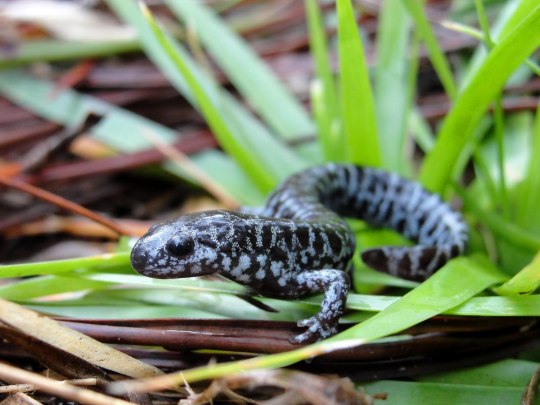
Willow Tree: Luschan's Salamander (LOOK AT THOSE BIG EYES ◉_◉)
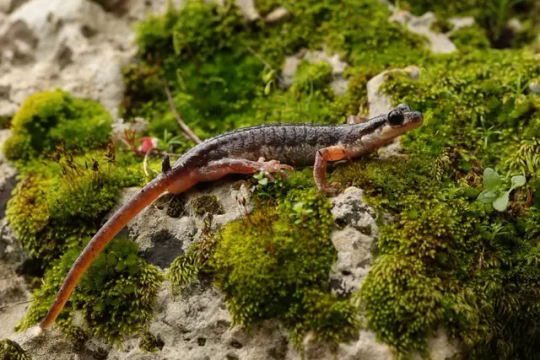
Silas Petersson: Glass frog (cutie)
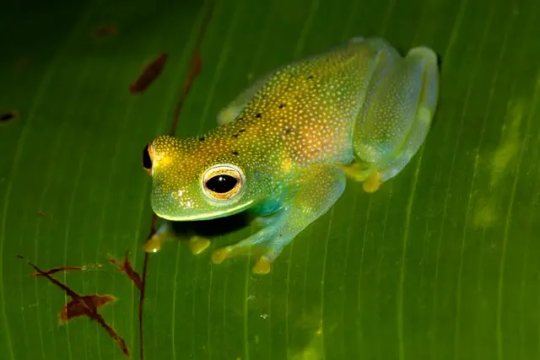
Pigeon: Shovel Headed Tree frog (look at this DUDE)

Arith: Blue Spotted salamander

Iriel: Golden Mantella frog

Kaia: Marble salamander

Odel: Axolotl!

Eliška Hasek: Eastern Newt

Marigold Rosales: Spotted Tree frog
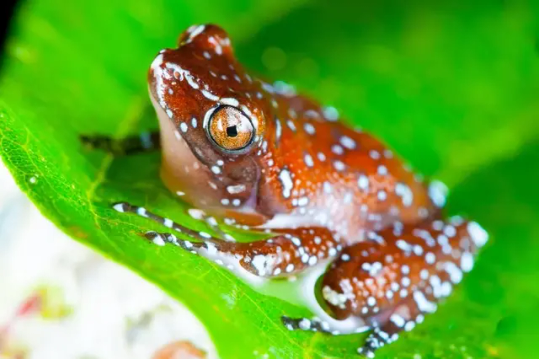
Rosie Rosales-Maximoff: Spotted salamander
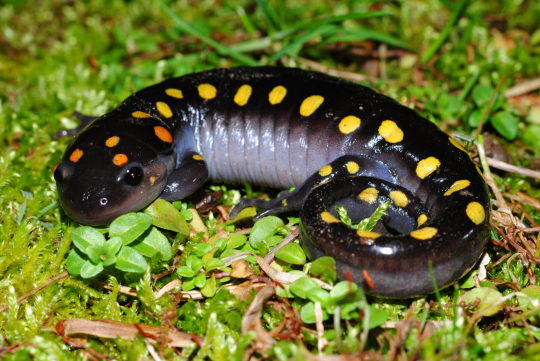
Allison Dahir: Common Mudpuppy

Lee Quinn: Wehrle's Salamander

Jelaa Latka: Vietnamese Mossy frog
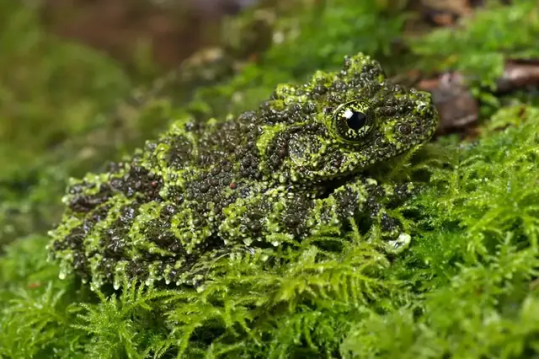
Van Kahl: Pacific Giant Salamander

#answered asks#pringle answers#practically an xman#arline the arcane oc#oc: fox#carina shepherd // beatrice maddison#dannie karim#ryn halvorsen#willow crazytree#silas petersson#nameless ghoul pigeon#pringles good omens ocs#eliška hasek#xmen oc au#lee quinn#jelaa latka#van kahl
7 notes
·
View notes
Note
🖊️ + Briar
Baby Briar! eee!
🦋🥀🌹
Briar is the second heir and only son of King Gloxinia. He is not actually an heir, because the tree chooses the next king, so his title is "the young prince" or "the little prince." This continues into adulthood.
During the Battle 3000 years ago,, Briar escaped their family quarters trying to help his mother, saw some trauma, and got so scared he awakened his ability and ran off into the forest where he fell asleep for 3000 years.
He woke up during the battle of Liones, where Helbram used the roots of the Sacred Tree to fight Harlequin. It disturbed the underground of Liones, which is where Gloxinia's forest used to be (we know this bc of the Gowther Nadja episode). The tree he was in broke, Briar woke up, and eventually was reunited with Gerheade. He had a very difficult time accepting that his parents and big sister were gone.
Briar is always drawn with a red flower in his hair. Usually a poppy, sometimes carnations and roses. His name is a reference to Sleeping beauty, who also had a very very long sleep.
Baby Briar
he has the ability to grow and control plants, but every plant he produces is poisonous. Even if he grows a plant that is generally non poisonous, it will be poisonous because he grew it.
He's very clever. Think Baby houdini. he has escaped his nursery enough times for it to be concerning.
this is because Briar can float and this makes escape much easier.
His favorite animal is a frog. He once managed to lead several dozen into his room to make them his pets and his parents only realized that when one of them escaped.
he likes to help Faye get around, because she cannot see
his favorite food is berries because he can get them by himself.
his tantrums are bad. If he's really very upset, he will pull on his ears.
Thanks to Sage's genetics, Briar can eat poison and be fine which is fantastic because he's three and they eat paint if youre not careful
Older Briar
as an adult he has his own area of the forest and is fairly... uh, notorious among the other fairies because he has his father's temper and can only grow plants unsuitable for agriculture.
so, some fairies refer to him as "the Dark Prince," but he doesn't like that name.
His favorite plant is his giant flytraps-- he treats them like pets and they love him
he actually engages in trade with humans, supplying them medicinal resources (such as poppies for pain management)
he has large wings that resemble a blue morpho's and are about 1/2- 2/3s the size of Gloxinia's.
He has a positive relationship with King Harlequin, Queen Diane, and their children, though he doesn't usually like them coming into his space (mostly because it is dangerous)
He created a memorial for his parents out of a cottage they once used for Faye and Sage (safehouse). It was outside of the forest and still happened to exist.

#nanatsu no taizai oc#nnt oc#nnt#nnt gloxinia#anime#king gloxinia#gloxinia nnt#gloxinia#7ds#seven deadly sins#nanatsu no taizai#seven deadly sins gloxinia#seven deadly sins oc#my oc stuff#my oc shit#oc
9 notes
·
View notes
Text
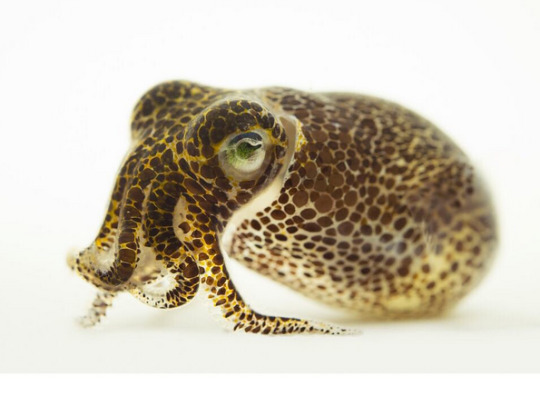
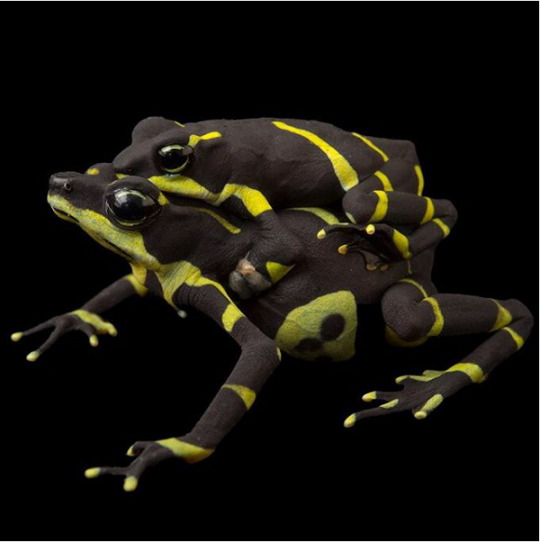

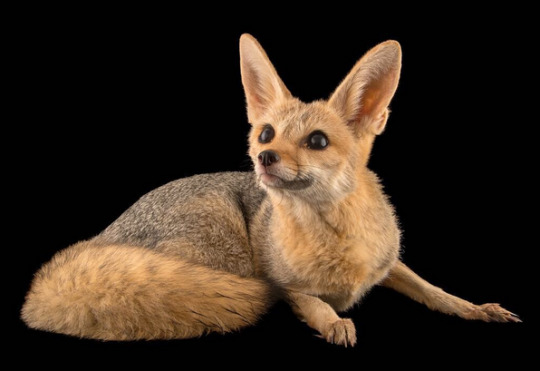
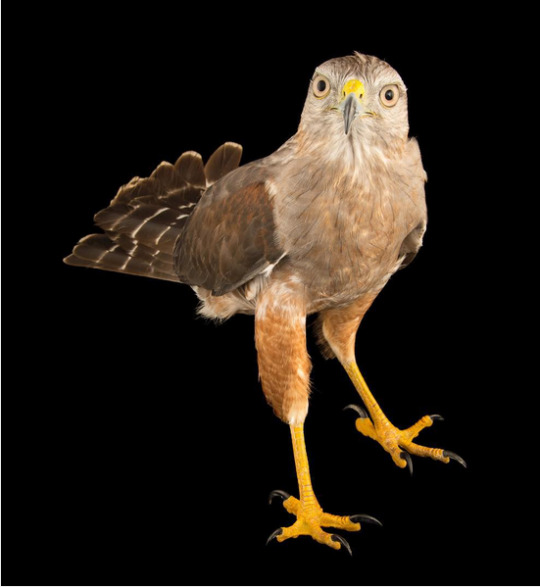

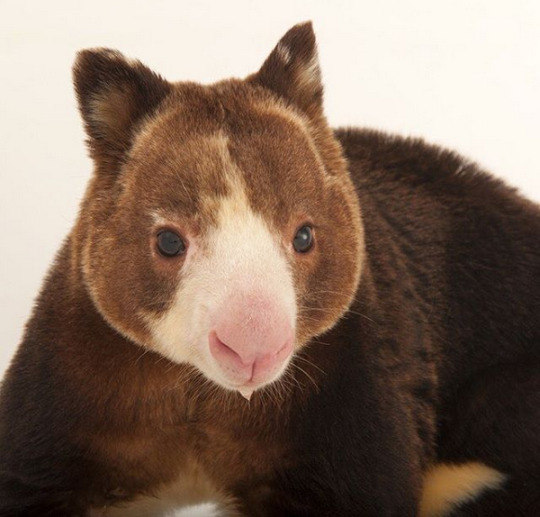

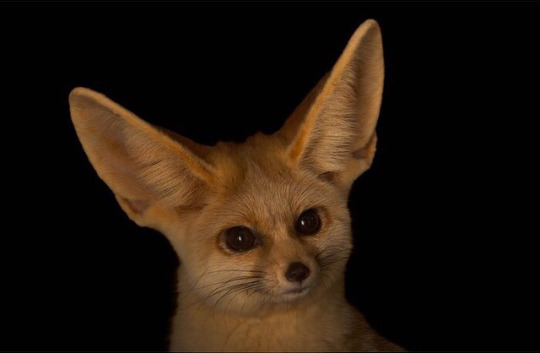
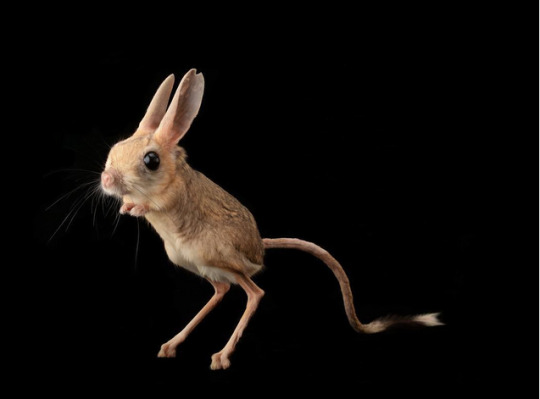
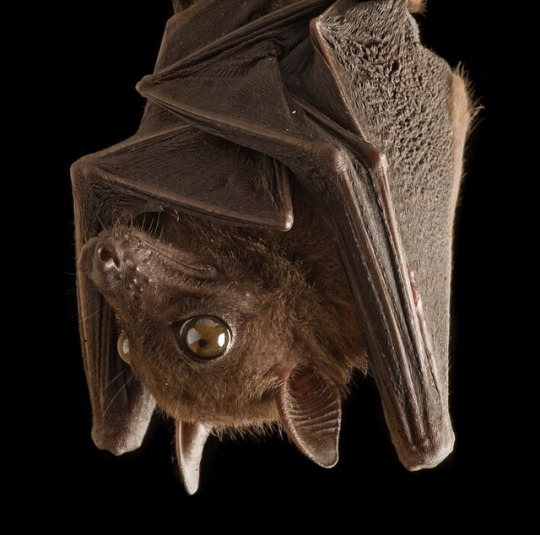
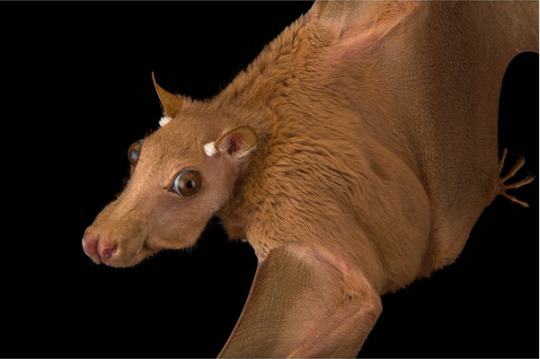
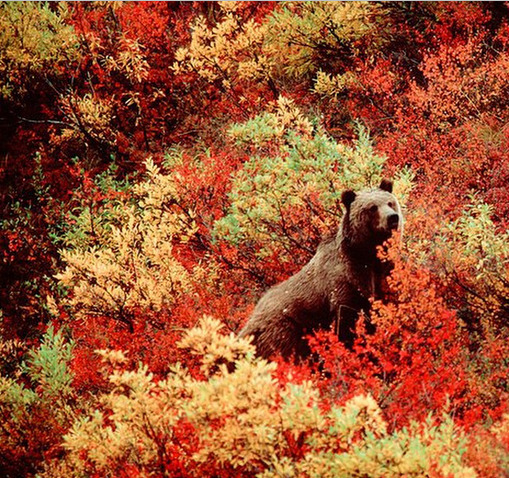
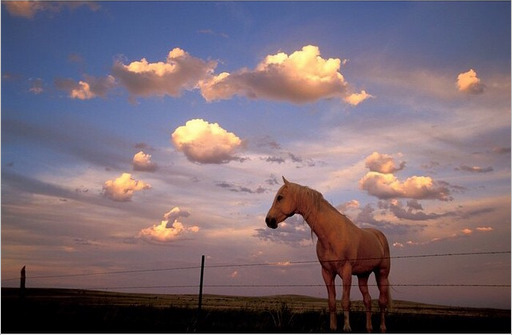

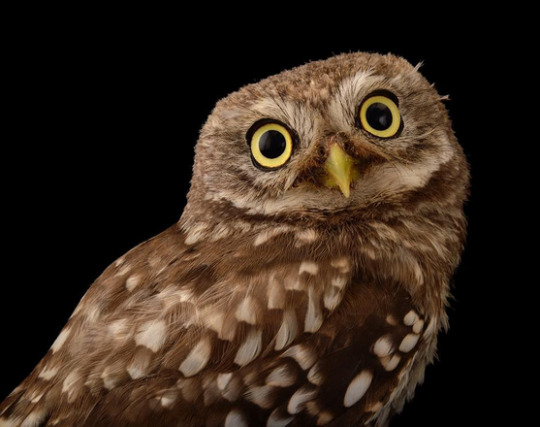

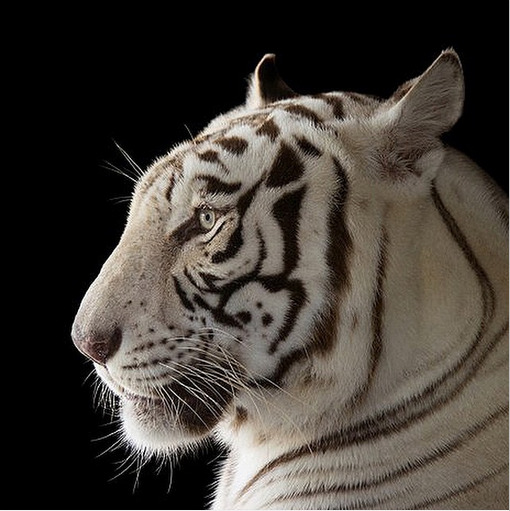


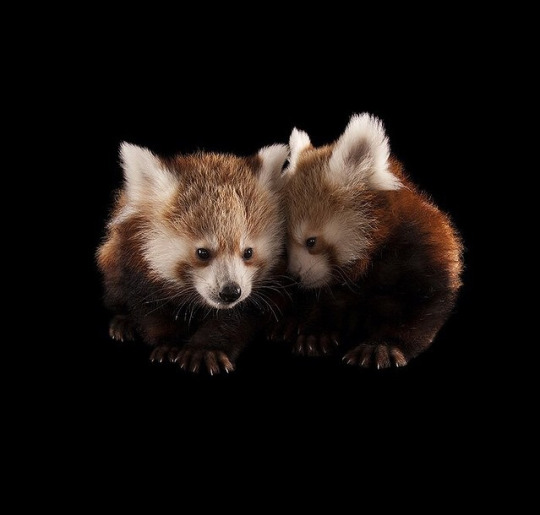
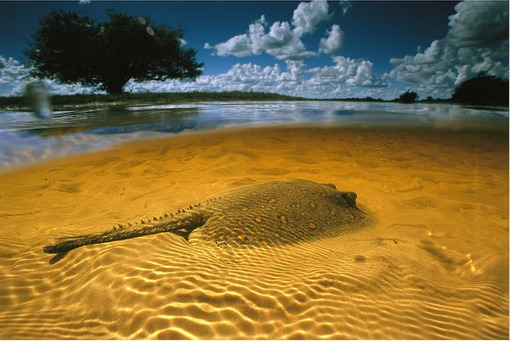

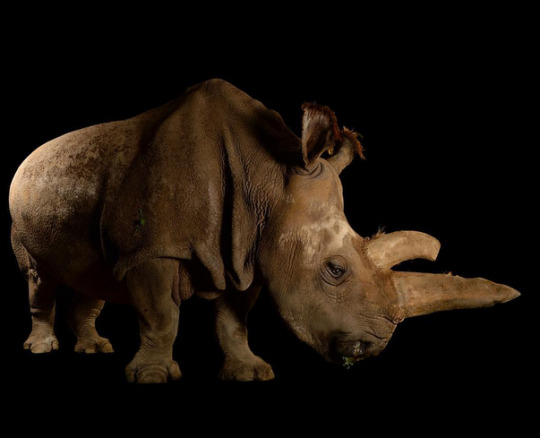

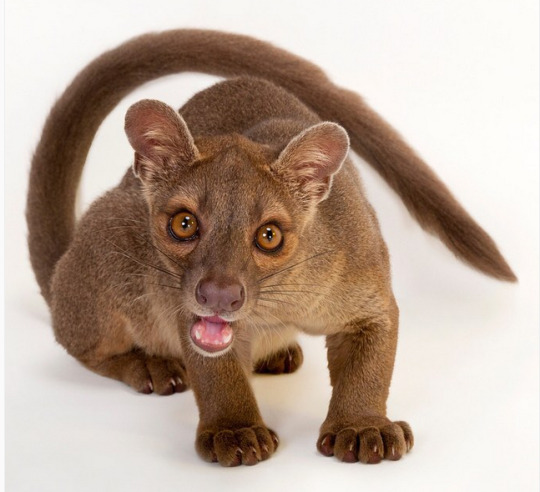
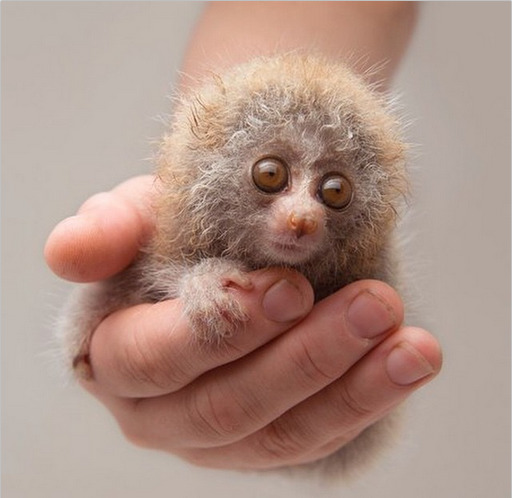
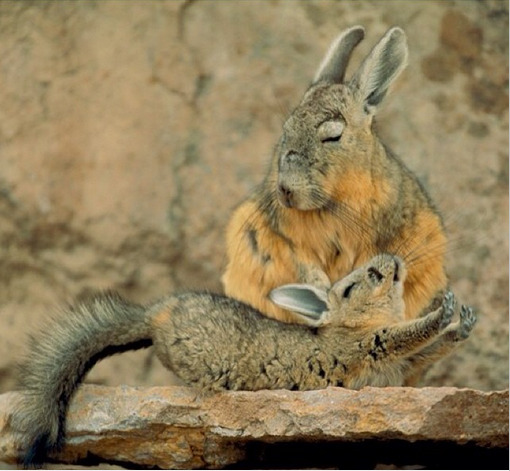


Photos and texts: @joelsartore
1-. A bobtail squid at the Monterey Bay Aquarium
2-. A breeding pair of endangered Limosa harlequin frogs at the Panama Amphibian Rescue and Conservation Project
3-. A brown-throated sloth at the PanAmerican Conservation Association in Gamboa, Panama
4-. A Cape fox at the Plzen Zoo in the Czech Republic
5-. A critically endangered Ridgeway's hawk from my trip to the Dominican Republic
6-. A critically endangered, six-week-old female baby gorilla at the Cincinnati Zoo
7-. A endangered Matschie's tree kangaroo at the Lincoln Children's Zoo
8-. A federally endangered yellow-footed rock wallaby at Omaha Zoo's Wildlife Safari Park
9-. A fennec fox named Sophie at Chattanooga Zoo
10-. A four-toed jerboa at the Plzen Zoo in the Czech Republic
11-. A fruit bat from Bioko Island, Equatorial Guinea
12-. A Gambian epauletted fruit bat at the Plzen Zoo in the Czech Republic
13-. A grizzly bear in fall color at Denali National Park, in Alaska's interior
14-. A horse at the Sandal Ranch near Howes, South Dakota
15-. a kinkajou at the New York State Zoo. This animal is naive to Central and South America
16-. A little owl from the Budapest Zoo
17-. Polar bears at the Columbus Zoo
18-. Rajah, an endangered male, white Bengal tiger at Alabama Gulf Coast Zoo
19-. Ridgeway's hawk
20-. The view of the Palouse hills as seen from Steptoe Butte in eastern Washington
21-. Twin three month old red pandas at the Lincoln Children's Zoo
22-. a freshwater stingray lies partially hidden in the sand of a flooded country road in Brazil's Pantanal
23-. A king penguin rookery from South Georgia Island's St. Andrews Bay
24-. Nabire, one of just five northern white rhinos left on the planet. RIP
25-. jaguarundi
26-. A 1-year-old fossa as the Omaha Zoo. This is Madagascar's largest mammalian predator, and its numbers are declining in the wild
27-. a 24 day-old bengal slow loris at the Endagered Primate Rescue Center in Vietnam. Is named Captain Hook, because he is missing a hand
28-. baby viscacha stretches out after a nap with mom in Chile's Atacama Desert
29-. A black swallowtail butterfly, wich is native to Nebraska, at the Lincoln Children's Zoo
2 notes
·
View notes
Text
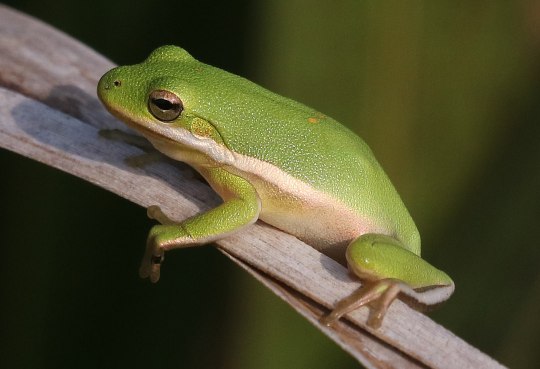
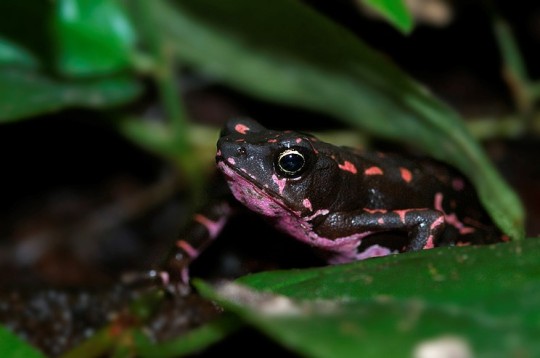
American Green Tree Frog: Naturally found in the Southeastern United States, they prefer swamps and densely foliaged lakesides as habitats. Certain coastal populations, however, have developed a tolerance to moderate salinity in water thanks to different processes that regulate osmosis. Males form large choruses during mating season, and as a result are forced to modify their calls in frequency and duration to stand out from the others and draw attention from females. In some areas, they even compete with other species such as the invasive Osteopilus septentrionalis and modify their call to be more clearly heard. Females prefer lower-frequency calls, so if a male notices that his is distinctly higher-frequency than others in the area, he may forego calling altogether and attempt to ambush a female instead.
Purple Harlequin Toad: Native to French Guiana, it was found to likely belong to the Guiana Shield clade of harlequin toads through genetic testing done in 2020. Different populations separated by location vary significantly in size, with females from the Sophie region being smaller than males – contrary to all other populations of this species. Unfortunately, they are threatened by local logging and the chytrid fungus.
3 notes
·
View notes
Text
Hello froggles today's is day 14 of frog facts I'm happy to announce it's been 2 weeks of frog posting anyway today's frog is......
The harlequin tree frog! (Rhacophorus pardalis)
Frog fact number 14# Their about 39-55 mm in males and the females are about 55-71 and weigh roughly 340 grams on average
(take this with pounds of salt because not a lot is known about this frog)
they also glide from tree to tree with their big fleshy feet!

0 notes
Text








Come take up your Hats, and away let us haste To the Butterfly's Ball, and the Grasshopper's Feast. The Trumpeter, Gad-fly, has summon'd the Crew, And the Revels are now only waiting for you.
So said little Robert, and pacing along, His merry Companions came forth in a Throng. And on the smooth Grass, by the side of a Wood, Beneath a broad Oak that for Ages had stood,
Saw the Children of Earth, and the Tenants of Air, For an Evening's Amusement together repair. And there came the Beetle, so blind and so black, Who carried the Emmet, his Friend, on his Back.
And there was the Gnat and the Dragon-fly too, With all their Relations, Green, Orange, and Blue. And there came the Moth, with his Plumage of Down, And the Hornet in Jacket of Yellow and Brown;
Who with him the Wasp, his Companion, did bring, But they promis'd, that Evening, to lay by their Sting. And the sly little Dormouse crept out of his Hole, And brought to the Feast his blind Brother, the Mole.
And the Snail, with his Horns peeping out of his Shell, Came from a great Distance, the Length of an Ell. A Mushroom their Table, and on it was laid A Water-dock Leaf, which a Table-cloth made.
The Viands were various, to each of their Taste, And the Bee brought her Honey to crown the Repast. Then close on his Haunches, so solemn and wise, The Frog from a Corner, look'd up to the Skies.
And the Squirrel well pleas'd such Diversions to see, Mounted high over Head, and look'd down from a Tree. Then out came the Spider, with Finger so fine, To shew his Dexterity on the tight Line.
From one Branch to another, his Cobwebs he slung, Then quick as an Arrow he darted along, But just in the Middle, — Oh! shocking to tell, From his Rope, in an Instant, poor Harlequin fell.
Yet he touch'd not the Ground, but with Talons outspread, Hung suspended in Air, at the End of a Thread, Then the Grasshopper came with a Jerk and a Spring, Very long was his Leg, though but short was his Wing;
He took but three Leaps, and was soon out of Sight, Then chirp'd his own Praises the rest of the Night. With Step so majestic the Snail did advance, And promis'd the Gazers a Minuet to dance.
But they all laugh'd so loud that he pull'd in his Head, And went in his own little Chamber to Bed. Then, as Evening gave Way to the Shadows of Night, Their Watchman, the Glow-worm, came out with a Light.
Then Home let us hasten, while yet we can see, For no Watchman is waiting for you and for me. So said little Robert, and pacing along, His merry Companions returned in a Throng.
William Roscoe
0 notes
Text
Hanging Out With Friends at the Frog Pond at Kubah National Park, Borneo!
Four-lined tree frogs (Polypedates leucomystax), Harlequin Tree Frog (Rhacophorus pardalis) and Giant River Frog (Limnonectes leporinus)!
#frogs#animals#amphibians#Kubah National Park#Borneo#video#animal video#tree frogs#wch10#Four-lined tree frog#Harlequin Tree Frog#Giant River Frog#Polypedates leucomystax#Rhacophorus pardalis#Limnonectes leporinus
156 notes
·
View notes
Text

file: Harlequin Tree Frog, Sarolangun, Jambi, 29032014.jpg
0 notes
Text

Harlequin Flying Frog (Rhacophorus padarlis), family Rhacophoridae, Peninsular Malaysia
Flying frogs are also called gliding frogs, and sometimes just tree frogs.
Flying frogs glide or parachute from tree to tree using their large webbed feet.
Photograph by Chan Yik Khan
374 notes
·
View notes
Photo
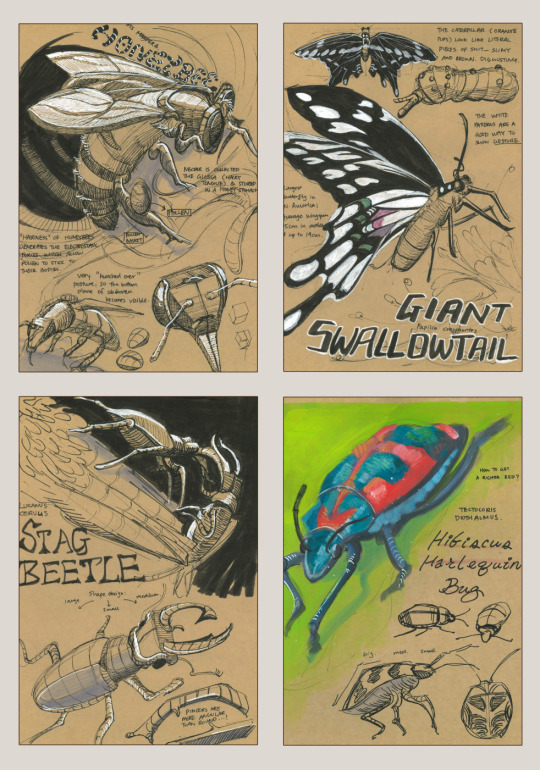

dynamic sketching week 5 - insects, reptiles, etc
First time painting with gouache. It was fun and I’m keen to do more
#dynamic sketching#cw: insects#honeybee#giant swallowtail#stag beetle#hibiscus harlequin bug#tuatara#ladybird#splendid tree frog#splayed deer fly#which i SPELT WRONG#every week i will get 1 animal's name wrong#what is wrong with me#also i'm so tired from flat hunting and arranging my move#so i'm glad i got all this work done this week#felt more like a training in discipline than anything#got some cool feedback on it too#it's a good week despite everything lmao
57 notes
·
View notes
Photo




Hier einige der ca. drei Dutzend in Sabah heimischen Froscharten - File-eared Tree Frog/Kamm Ruderfrosch - Harlequin Tree Frog/Rhacophorus pardalis, der Einzige gleitfähige Frosch den ich finden konnte. - Bornean Sticky Frogs/Kalophrynus meizon
0 notes
Text

Considering I only discovered this awareness day this afternoon, I'm amazed I managed to get something drawn in time! Have some appropriately hued frogs. Happy International Asexuality Day!
From left to right: Black Toad (Anaxyrus exsul), Grey Tree Frog (Dryophytes versicolor), Moonshine Splashback Poison Frog (Adelphobates galactonotus), Purple Harlequin Toad (Atelopus barbotini)
Version without text below the cut!
[ID: A digital drawing of four frogs in a row in the colours of the asexuality flag, from left to right being black, grey, white and purple. Above and below the frogs there is handwritten text that reads "1st International Asexuality Day" with a little drawing of the asexuality pride flag. End ID.]

[ID: A version of the first image without the text and with the ace pride flag moved into a free space above the frogs. End ID.]
#international asexuality day#asexuality#ace pride#frogs#artists on tumblr#my art#black toad#grey tree frog#splashback poison frog#moonshine splashback poison frog#purple harlequin toad#herps#csp#clip studio paint#digital art#illustration#cartoon
66 notes
·
View notes